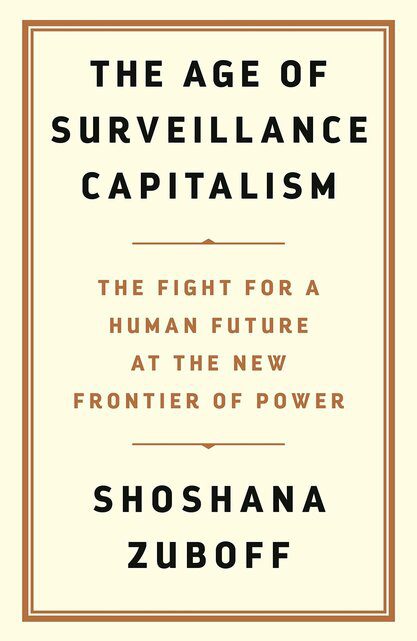“The new toolmakers do not intend to rob you of your inner life, only to surveil and exploit it. All they ask is to know more about you than you know about yourself.”
Print | Kindle(eBook) | Audiobook
In The Age of Surveillance Capitalism: The Fight for a Human Future at the New Frontier of Power, American Harvard professor, and social psychologist, Shoshana Zuboff argue that the biggest technology companies such as Google, Facebook, Twitter, and Amazon are exploiting our attention, modifying our behavior, and selling our data to the highest bidding advertisers. Surveillance Capitalism is an economic system centered around the commodification of personal data with the core purpose of profit-making.
Zuboff noted:
“Forget the cliché that if it’s free, “You are the product.” You are not the product; you are the abandoned carcass. The “product” derives from the surplus that is ripped from your life.”
Surveillance Capitalists unilaterally claims human experience as free raw material for translation into behavioural data which] are declared as a proprietary behavioural surplus, fed into advanced manufacturing processes known as ‘machine intelligence’, and fabricated into prediction products that anticipate what you will do now, soon, and later.
Favourite Takeaways – The Age of Surveillance Capitalism
